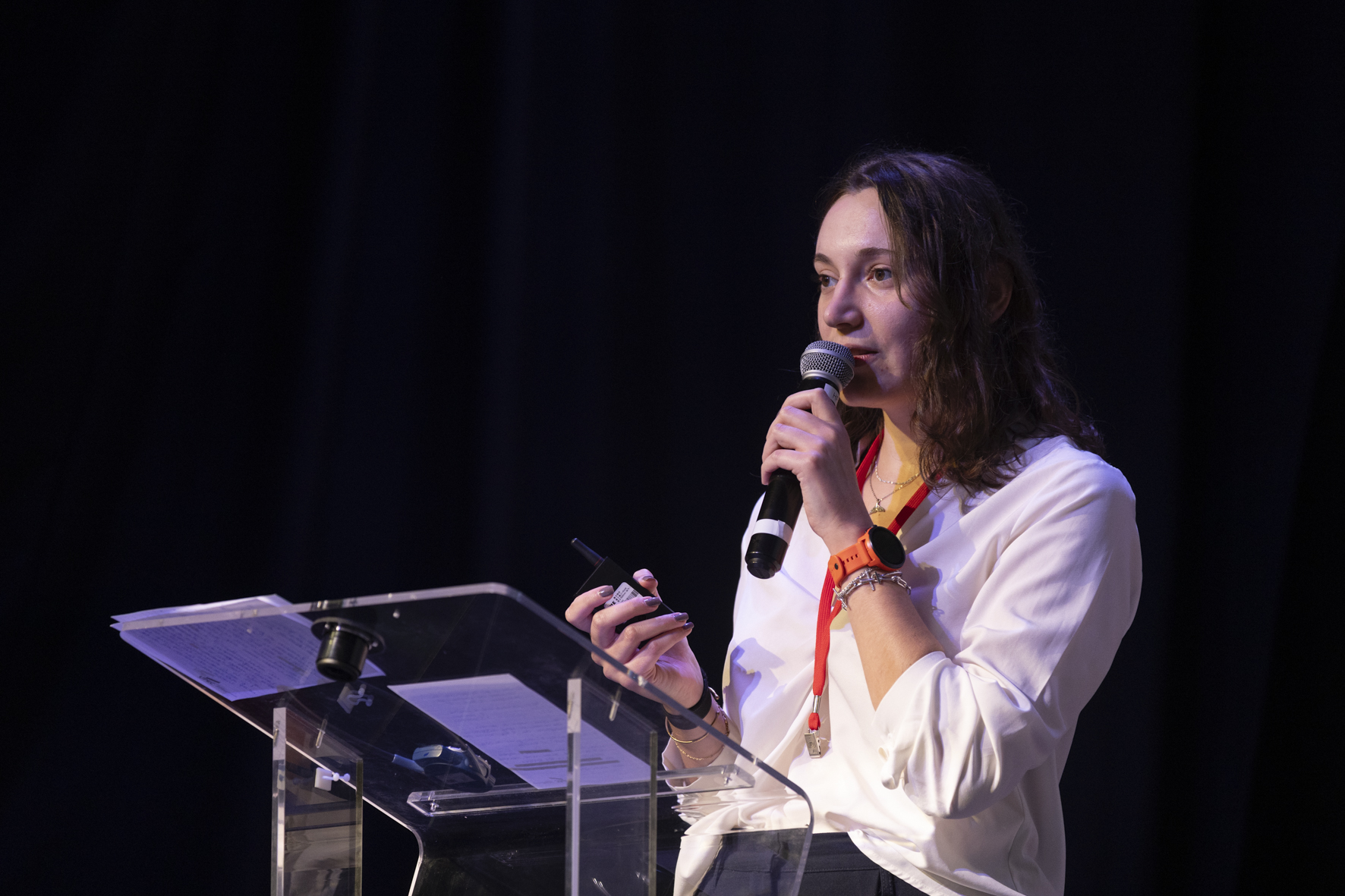Can we limit our impact on the planet while producing chemotherapies?
2 October 2025
A. Narwa, N. Raimundo, M. Lac, A. Merou, M. Soutera, P. Jeanselme, T. Goupil, S. Ennebet, S. Ribeiro, A. Martel, S. Perriat, F. Puisset, J.-M. CanongePharmacy, IUCT Oncopole, France
Context
At our institution, the Duoperf™ Y-system used for the preparation and administration of chemotherapy bags was replaced in July 2023 by Chemolock™, a needle-free closed transfer device. This change reduces the use of medical devices (MDs) and rinsing bags associated with chemotherapy administration, as healthcare personnel can now use the same infusion set for administering all chemotherapy bags and a single rinsing bag for the entire treatment, depending on the compatibility of the drugs used.
Objective
The study aims to quantify the reduction in waste volume generated following the transition to Chemolock™ and the associated cost savings in healthcare-related waste.
Materials and Methods
This bi-centric study was based on the weight of MDs and rinsing bags used for treatment administration, derived from technical sheets and/or direct weighing when supplier information was unavailable, before (January–June 2023) and after (July–December 2023) the introduction of Chemolock™.The evaluation included: the weight of the empty treatment bag and rinsing bag, bag connector, infusion adapter, the infusion set used, and/or in-line filter if necessary depending on the treatment.
Costs related to Infectious Healthcare Waste (IHW) were provided by both institutions. Data on chemotherapy production was extracted from the CHIMIO software.
Results
Analysis of the devices weight showed a decrease in the average mass of waste per intravenous chemotherapy administration, regardless of the setting Day Hospital (DH) or Full hospitalization (FH). In hematology DH, where 47% of patients receive an average of three chemotherapy bags per treatment, the annual waste reduction per patient was 26g. In oncology DH, 29% of patients received polychemotherapy with an annual waste reduction of 13g per patient. The least favorable case was the administration of a monotherapy requiring an in-line filter. Ultimately, the implementation of the dry connection system resulted in an average waste reduction of 33.4% of total waste weight in DH and 13.48% in FH
This translated to an average annual IHW cost reduction per department of €84 [range: €4–€217].
Conclusion and Discussion
Optimizing waste management represents progress both economically and environmentally. In parallel with this initiative, the handling of used rinsing bags has evolved in our institutions: they are now disposed of via household waste circuits instead of IHW. As a result, the costs will be re-evaluated in 2025 following this new institutional CSR approach.
Keywords: Medical waste, Anticancer chemotherapy, Healthcare costs
